Uno is a classic card game that has been a staple in family game nights since its release in 1971. Designed by Merle Robbins, a barber from Ohio, Uno quickly became a worldwide sensation after being acquired by Mattel. The game’s easy-to-learn rules and fast-paced action make it accessible for all ages, while its strategy keeps things interesting for more seasoned players. The game is a fun combination of color and number matching, with special action cards to shake things up.
- Publisher: Mattel
- Designer: Merle Robbins
- Release Year: 1971
- Number of Players: 2-10
- Playtime: 30 minutes
- Ages: 7+
- Mechanics: Hand Management, Matching Colors/Numbers, Take That
- Complexity: Low (easy to learn, fun to master)
How to Play
Objective
The goal in Uno is to be the first player to score 500 points. Players score points by being the first to discard all the cards in their hand during each round. Points are earned based on the cards remaining in opponents’ hands.
Setup
- Shuffle the deck and deal seven cards to each player.
- Place the remaining cards face down to form a draw pile.
- Turn over the top card from the draw pile to form the discard pile.
- The player to the left of the dealer goes first.
Gameplay
- Players take turns matching a card from their hand to the top card of the discard pile by either color or number.
- Special action cards add variety and disrupt other players’ plans.
- If a player cannot match the discard pile card, they must draw from the draw pile.
- The first player to discard all their cards wins the round.
- Number Cards (0-9): These cards are basic and used for matching the color or number with the card on top of the discard pile.
- Action Cards:
- Reverse: Reverses the turn order.
- Skip: Skips the next player’s turn.
- Draw Two: Forces the next player to draw two cards and lose their turn.
- Wild: Allows the player to change the current color to any color.
- Wild Draw Four: Acts as a Wild card, but also forces the next player to draw four cards (can only be played when the player has no other playable card).
Variations of the Game
- Uno Attack: Includes a card launcher that spits out random amounts of cards when players have to draw, adding a chaotic twist to the game.
- Uno Flip: Features double-sided cards, with a light side and dark side, each with different effects.
- Uno Dare: Adds a truth-or-dare element, forcing players to complete funny challenges.
- Uno Junior: A simplified version for younger children.
Strategy Tips
- Hold on to Wild Cards: Save Wild and Wild Draw Four cards for crucial moments.
- Keep Your Opponents Guessing: Use your action cards strategically to block opponents from going out.
- Change Colors Wisely: If you can, change the color to one that your opponents are less likely to have.
- Pay Attention to Opponents’ Hands: Remember what colors or numbers they don’t have.
Pros & Cons
Pros:
- Easy to learn for all ages
- Quick, fun gameplay
- Great for parties and large groups
- Wide range of versions and variants
Cons:
- Can be repetitive for experienced players
- Action cards may lead to frustration for some players
- Highly luck-based, with little deep strategy
Who Will Enjoy This Game
Uno is perfect for families, casual gamers, and children. It’s a go-to party game for groups of friends or families looking for something lighthearted and fun. Younger kids especially enjoy its colorful, engaging design and simple rules.
Recommended Age Groups
- Kids (7-12): Enjoyable for learning color and number matching.
- Teens (13-18): Fun as a party game with friends.
- Adults (18+): Good for casual, social gatherings.
Similar Games
- Phase 10: Another number-based card game but with more strategy and multiple phases to complete.
- Skip-Bo: A card game with sequencing and more complex rules.
- Crazy Eights: A classic card game that shares similar mechanics with Uno.
- Giant UNO Official Card Game: The same family card game you already know but with cards 3 times larger!
User Reviews
Players rave about Uno’s simplicity and accessibility, with many noting how it has become a staple at family gatherings. Common feedback includes how fast-paced and easy-to-learn the game is, but some mention that the luck factor can take away from the overall strategy.
FAQs
- How many players can play Uno?
- Uno is designed for 2-10 players.
- What happens if you forget to say ‘Uno’?
- If caught before the next player’s turn, you must draw two cards.
- Is there a time limit per turn?
- Officially, no, but you can add a house rule to limit decision time.
Final Verdict
Uno is a fantastic game for family gatherings, casual get-togethers, and players of all ages. Its simple rules and quick gameplay make it accessible to new players, while its strategic depth with action cards keeps it interesting for seasoned veterans. Despite its luck-based nature, the variety of cards and unpredictability ensures that no two games are alike. Highly recommended as a must-have for any game collection.

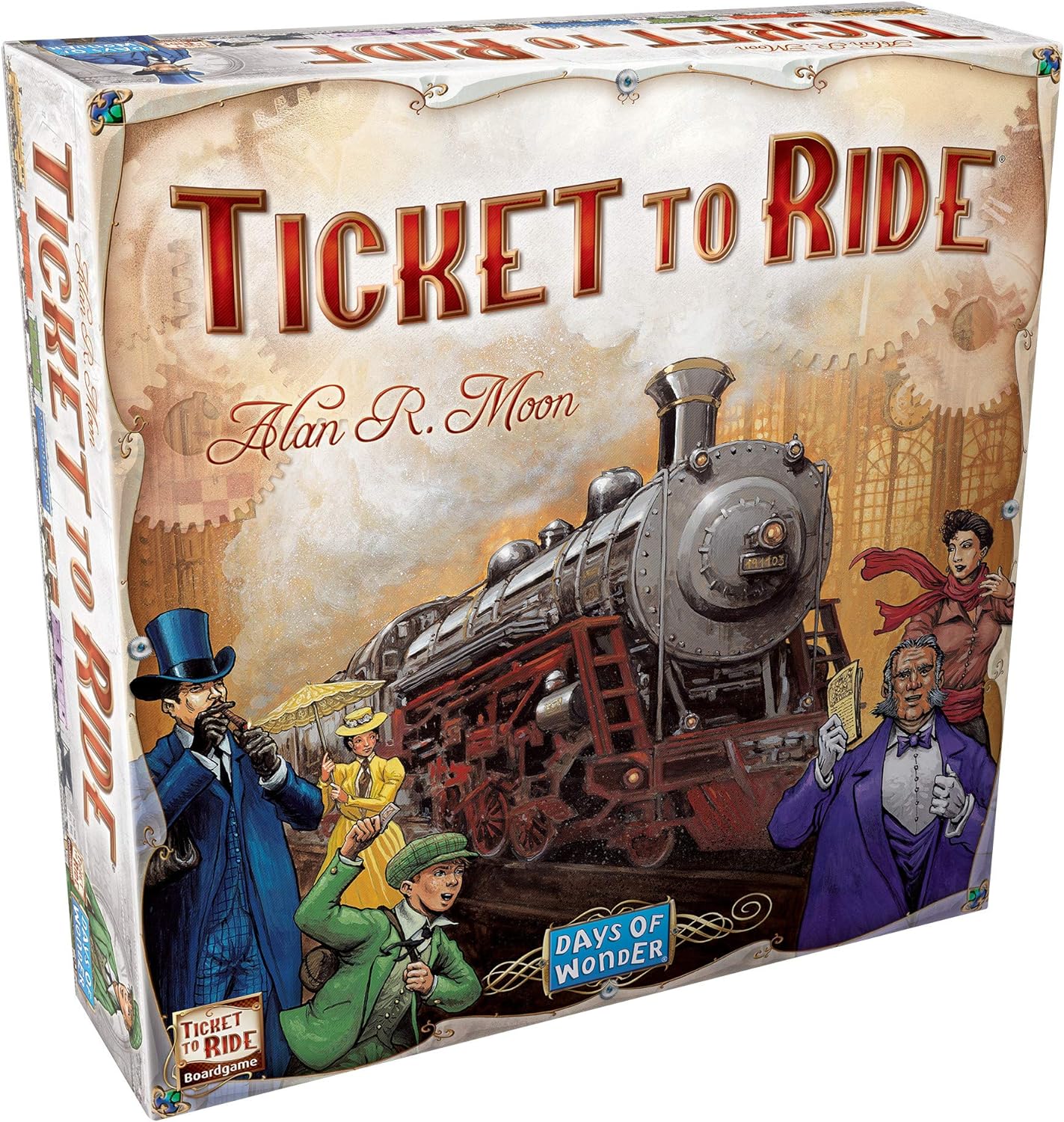
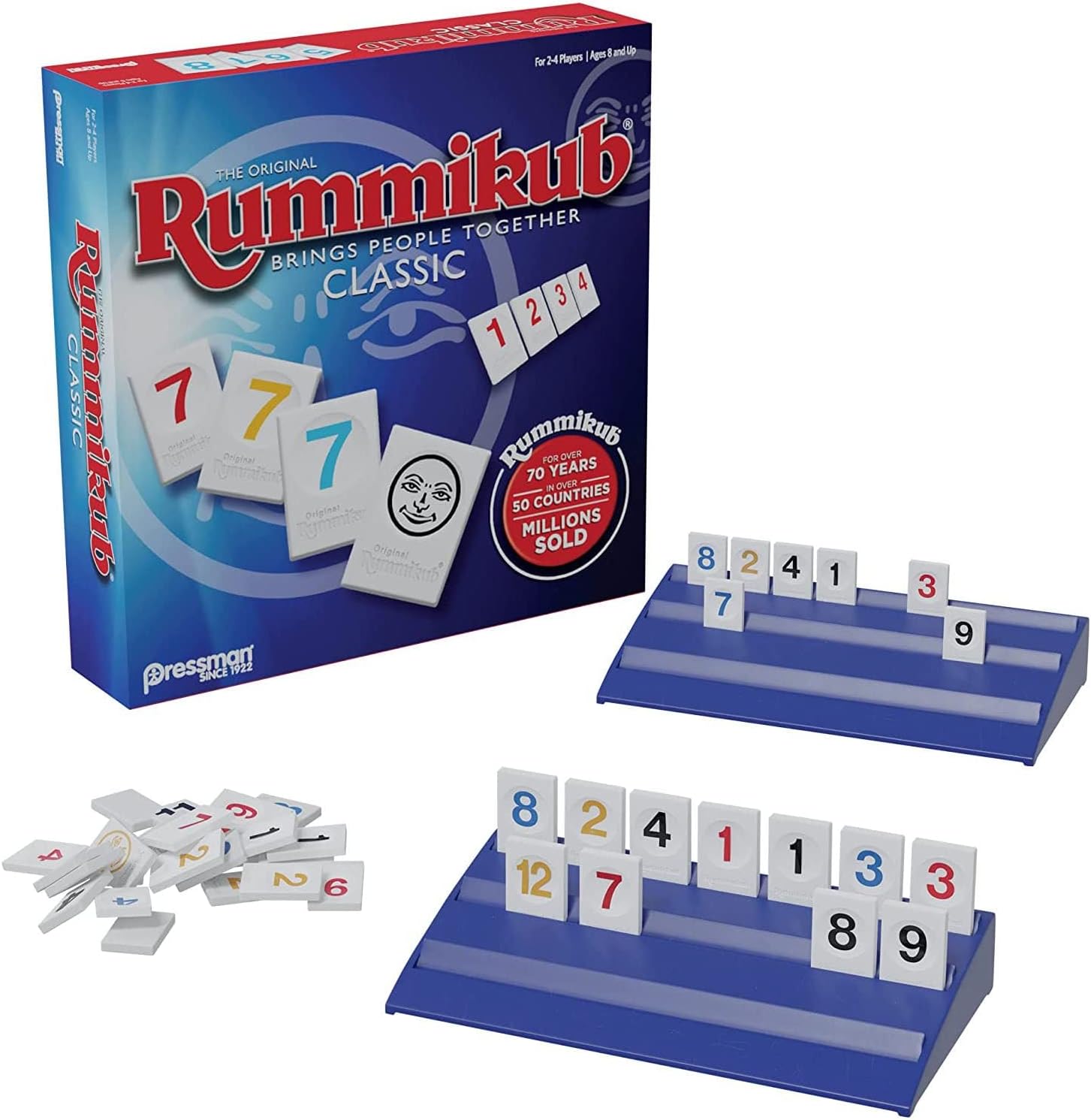
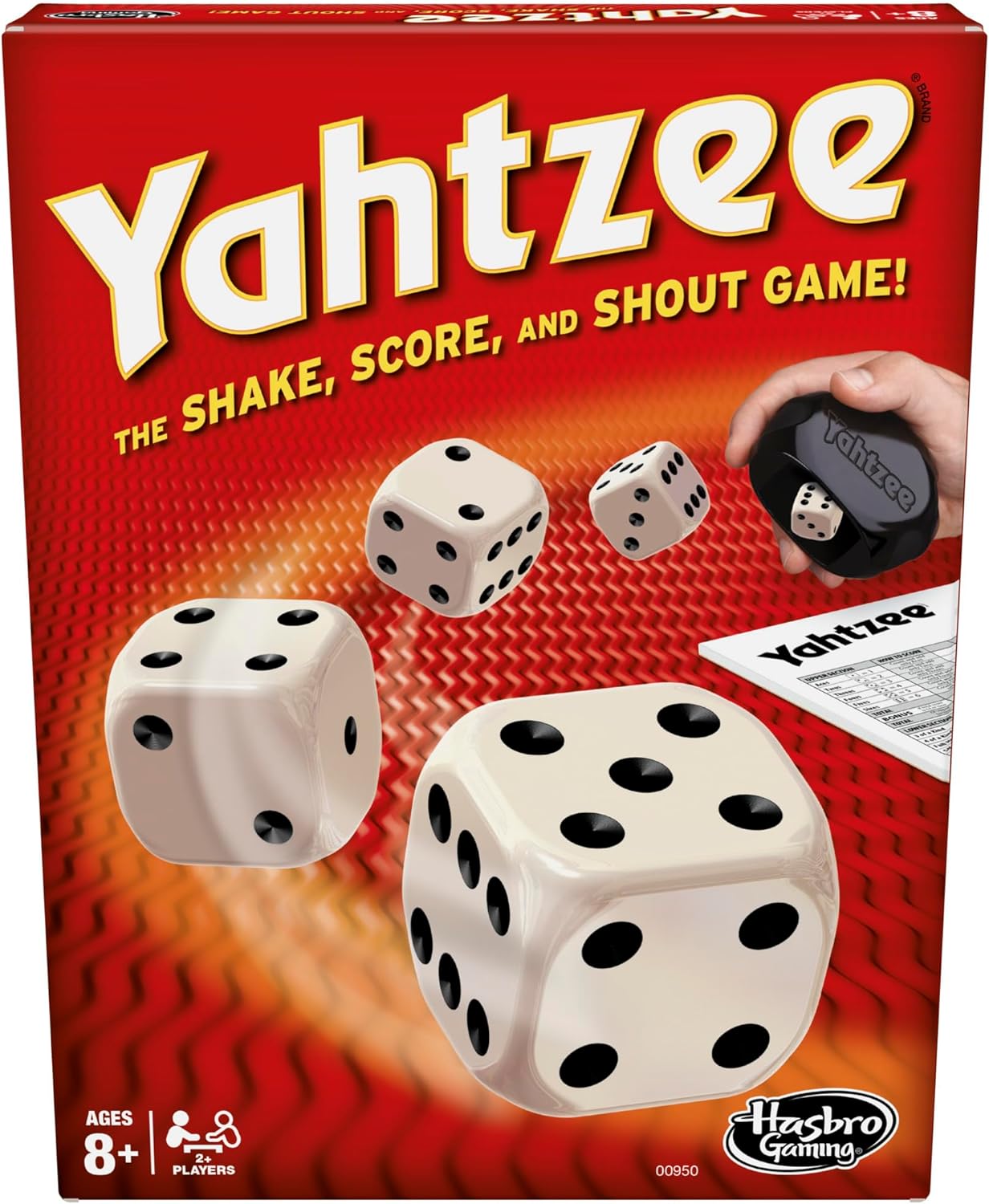
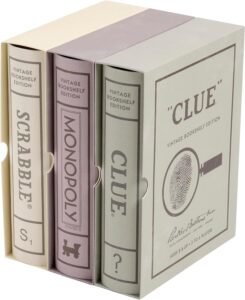
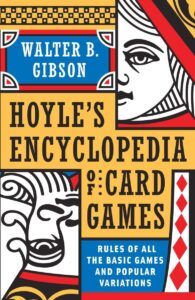
Post Comment